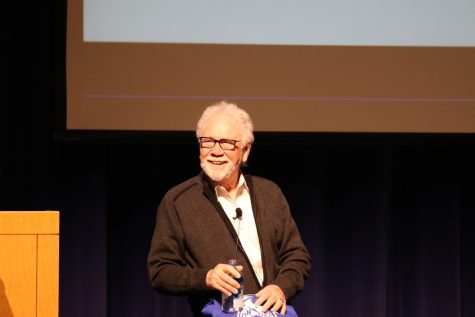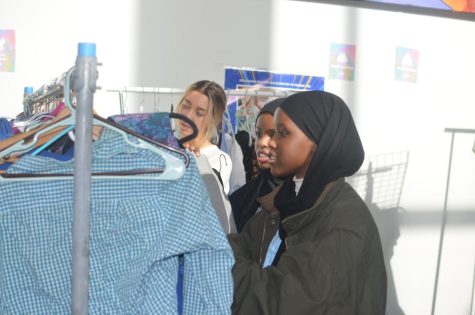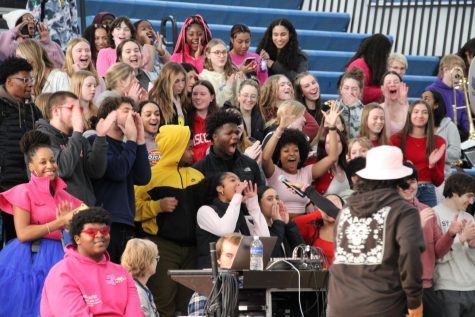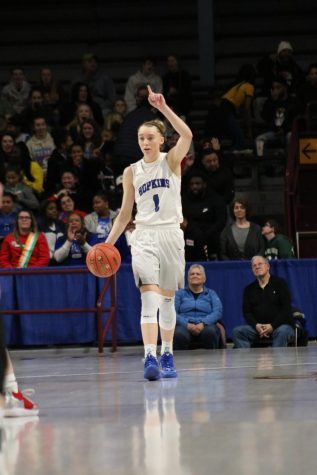For Borum, it’s the details that count the most
When Emily Borum, senior, walks down the hallways of HHS, she is surrounded by strangers. Borum has Prosopagnosia, which makes recognizing the faces of her classmates, and even her close friends and family, a difficult feat.
“I could go right past someone that I’ve known for years without realizing who they are,” Borum said.
Prosopagnosia, or face blindness, is a neurological disorder that affects about one in every 50 people, according to the Center for Face Processing Disorders. Those who have this disorder can see distinct facial features but are unable to commit a whole face to memory.
“My favorite metaphor for [the way I view faces] is hands,” Borum said. “Some people have really unique hands; maybe they broke one of their fingers, so it’s a little crooked. But others are really generic looking, so you wouldn’t be able to tell whose hand it is.”
According to the National Institute of Neurological Disorders and Stroke, people with Prosopagnosia often employ coping methods “such as relying on voice, clothing, or unique physical attributes, but these are not as effective as recognizing a face.”
Borum looks for prominent facial features to identify her friends and family.
“If I had a friend who has a really unique nose shape, then I would look for someone with a nose that shape. Some people have really unique eyes, or lips, or hair. For the most part, noses are very unique, so they’re the easiest to look for,” Borum said.
This isn’t always a foolproof method for Borum.
“One of my friends cut her hair, and I didn’t even recognize her,” Borum said.
Borum experiences social anxiety as a result of being unable to differentiate between close friends and strangers.
“I could see someone with a feature that I usually look for and think that they are a friend of mine when they’re really not,” Borum said. “A lot of times when I meet someone for the first or second, or even third time, I still wonder: ‘Is this really the person that I think it is? Am I sure that I’m talking to who I think I’m talking to?’”
Borum decided to represent her Prosopagnosia and the constant uncertainty that comes with it in her AP art concentrations. She was inspired by the concentrations of Alexandra Hanson, 2013 HHS graduate. Hanson focused her concentrations on her Trichotillomania, a disorder in which people have a compulsive urge to pull out their hair.
“I thought of doing something similar on my Prosopagnosia, but at the time, I thought it was kind of a personal thing. I didn’t really want everyone to know about it,” Borum said.
Ms. Randi Rood, Art, guides students like Borum as they develop the central concept of their concentrations.
“What I always tell students is that the more personal you can make your concentration, the more powerful it is because it’s about their thoughts, ideas, and feelings,” Rood said.
Borum eventually decided to focus her concentrations on the facial features she looks for when recognizing her friends.
“I tried to represent the fear that comes with not knowing who people are,” Borum said. “In one of my concentration pieces, I cut [a friend’s face] into pieces, and I took out the piece that had her eyes in it because her eyes are the part that I look for when I try to recognize her.”
Rood is impressed by the outcome of Borum’s concentrations.
“Her concentrations were such a beautiful way to share part of what her reality is,” Rood said. “It takes a lot of courage as a student and artist to share your inner landscape with the world. I have so much respect for her.”





